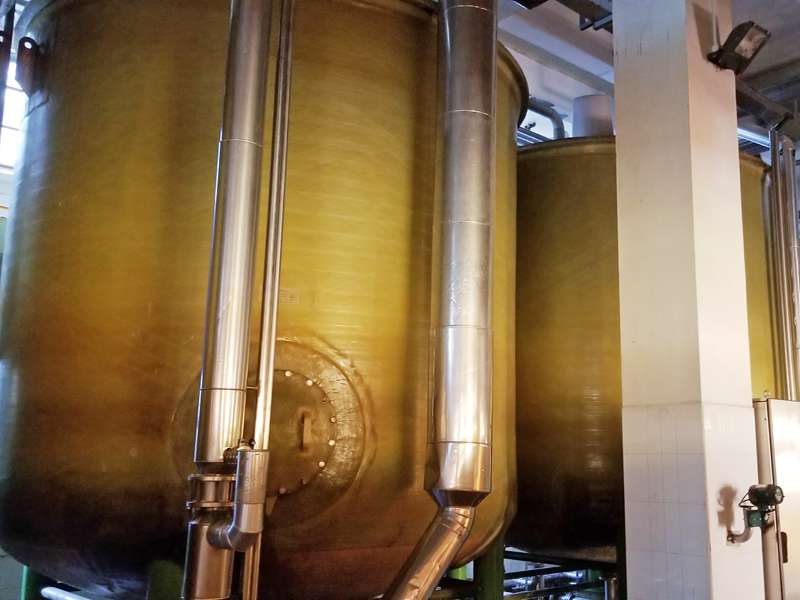
-
 Afrikaans
Afrikaans -
 Albanian
Albanian -
 Amharic
Amharic -
 Arabic
Arabic -
 Armenian
Armenian -
 Azerbaijani
Azerbaijani -
 Basque
Basque -
 Belarusian
Belarusian -
 Bengali
Bengali -
 Bosnian
Bosnian -
 Bulgarian
Bulgarian -
 Catalan
Catalan -
 Cebuano
Cebuano -
 China
China -
 China (Taiwan)
China (Taiwan) -
 Corsican
Corsican -
 Croatian
Croatian -
 Czech
Czech -
 Danish
Danish -
 Dutch
Dutch -
 English
English -
 Esperanto
Esperanto -
 Estonian
Estonian -
 Finnish
Finnish -
 French
French -
 Frisian
Frisian -
 Galician
Galician -
 Georgian
Georgian -
 German
German -
 Greek
Greek -
 Gujarati
Gujarati -
 Haitian Creole
Haitian Creole -
 hausa
hausa -
 hawaiian
hawaiian -
 Hebrew
Hebrew -
 Hindi
Hindi -
 Miao
Miao -
 Hungarian
Hungarian -
 Icelandic
Icelandic -
 igbo
igbo -
 Indonesian
Indonesian -
 irish
irish -
 Italian
Italian -
 Japanese
Japanese -
 Javanese
Javanese -
 Kannada
Kannada -
 kazakh
kazakh -
 Khmer
Khmer -
 Rwandese
Rwandese -
 Korean
Korean -
 Kurdish
Kurdish -
 Kyrgyz
Kyrgyz -
 Lao
Lao -
 Latin
Latin -
 Latvian
Latvian -
 Lithuanian
Lithuanian -
 Luxembourgish
Luxembourgish -
 Macedonian
Macedonian -
 Malgashi
Malgashi -
 Malay
Malay -
 Malayalam
Malayalam -
 Maltese
Maltese -
 Maori
Maori -
 Marathi
Marathi -
 Mongolian
Mongolian -
 Myanmar
Myanmar -
 Nepali
Nepali -
 Norwegian
Norwegian -
 Norwegian
Norwegian -
 Occitan
Occitan -
 Pashto
Pashto -
 Persian
Persian -
 Polish
Polish -
 Portuguese
Portuguese -
 Punjabi
Punjabi -
 Romanian
Romanian -
 Russian
Russian -
 Samoan
Samoan -
 Scottish Gaelic
Scottish Gaelic -
 Serbian
Serbian -
 Sesotho
Sesotho -
 Shona
Shona -
 Sindhi
Sindhi -
 Sinhala
Sinhala -
 Slovak
Slovak -
 Slovenian
Slovenian -
 Somali
Somali -
 Spanish
Spanish -
 Sundanese
Sundanese -
 Swahili
Swahili -
 Swedish
Swedish -
 Tagalog
Tagalog -
 Tajik
Tajik -
 Tamil
Tamil -
 Tatar
Tatar -
 Telugu
Telugu -
 Thai
Thai -
 Turkish
Turkish -
 Turkmen
Turkmen -
 Ukrainian
Ukrainian -
 Urdu
Urdu -
 Uighur
Uighur -
 Uzbek
Uzbek -
 Vietnamese
Vietnamese -
 Welsh
Welsh -
 Bantu
Bantu -
 Yiddish
Yiddish -
 Yoruba
Yoruba -
 Zulu
Zulu
grp chimney
Understanding GRP Chimneys A Comprehensive Guide
In recent years, the adoption of Glass Reinforced Plastic (GRP) chimneys has gained traction in various industries, particularly within the realm of construction and engineering. This innovative approach to chimney design and construction offers numerous advantages over traditional materials, making it a popular choice for modern infrastructures.
At its core, GRP is a composite material made from a polymer matrix reinforced with glass fibers. This composition provides an array of benefits that enhance the functionality and longevity of chimney systems. One of the most significant advantages of GRP chimneys is their exceptional durability. Unlike conventional materials such as brick or metal, GRP is highly resistant to corrosion, weathering, and chemical attacks, making it particularly suitable for environments exposed to harsh conditions.
Understanding GRP Chimneys A Comprehensive Guide
Moreover, GRP chimneys offer excellent thermal insulation properties. This means that they can effectively manage temperature variations, reducing the risk of thermal stress and consequently prolonging the life of the chimney system. Additionally, the smooth interior surfaces of GRP chimneys minimize the buildup of soot and other residues, promoting optimal airflow and enhancing the efficiency of the heating or exhaust systems they are connected to.
grp chimney

Safety is another paramount aspect of chimney design, and GRP technology excels in this area. Many GRP chimneys are designed to be fire-resistant, conforming to relevant safety standards and regulations. This feature is particularly vital in industrial applications where flue gases and other emissions must be managed efficiently to prevent accidents or health hazards.
The versatility of GRP chimneys cannot be overstated. They can be custom-designed to meet the specific needs and requirements of various applications, from residential heating systems to large-scale industrial operations. The flexibility in design allows for more innovative solutions that cater to different architectural styles while ensuring functionality and safety.
Moreover, in an era where sustainability is paramount, GRP chimneys are typically produced with eco-friendly materials and processes. The reduced need for maintenance combined with their long lifespan contributes to lower environmental impact over the product’s life cycle. Furthermore, GRP can be recycled, aligning with the growing trend towards sustainability in construction materials.
While there are many advantages to GRP chimneys, it is essential to consider the proper selection and implementation of these systems. Engaging with experienced suppliers and manufacturers who specialize in GRP technology can ensure that the right materials and designs are selected based on specific application needs. Proper installation is also critical; it should be conducted by qualified professionals to capitalize on the advantages that GRP chimneys offer.
In conclusion, GRP chimneys represent a significant advancement in chimney technology, providing durability, efficiency, safety, and environmental benefits that make them an appealing option for many applications. As industries continue to evolve towards more efficient and sustainable practices, the role of GRP chimneys is likely to expand, providing both architectural elegance and functional superiority in managing smoke and gases. Investing in GRP technologies not only meets modern demands but also sets the foundation for future developments in chimney systems and environmental stewardship. By harnessing the benefits of GRP chimneys, businesses and homeowners alike can ensure they are making a wise, forward-thinking choice in their construction and design projects.









